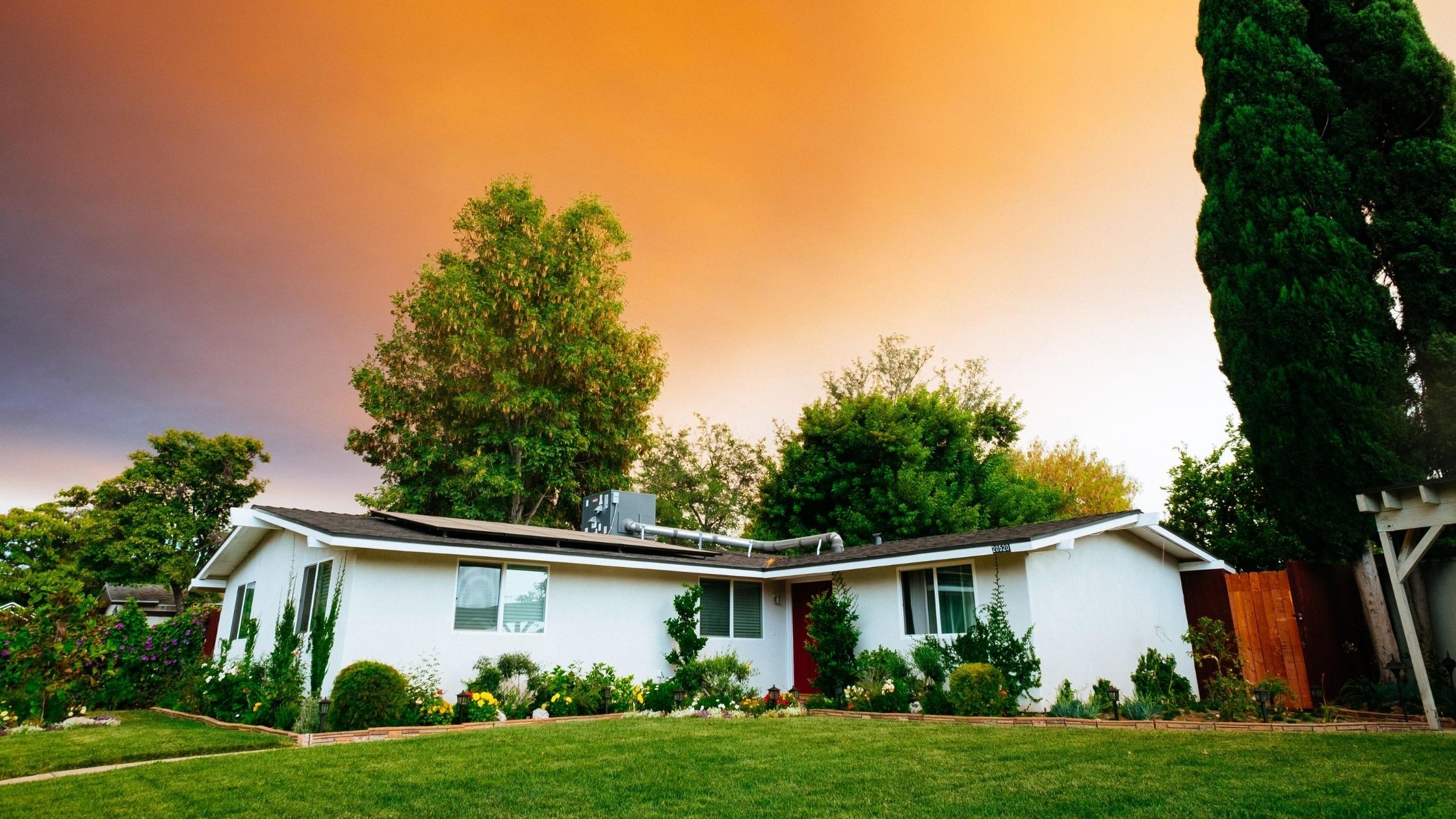Landscape Architecture is an Inevitable part of Building Architecture
“Tree management” is an integral part of landscape architecture. A huge proportion of architecture relies on the landscape. As real estate agents report, naturally wooded lots are 20% more likely to be sold. The surroundings, the green spaces determine the feel of the design. However, with all the perks, trees can prove to be dangerous in some situations. Therefore, an architect needs to be thorough with tree management and the principles of landscape architecture to use the foliage to their advantage.
Prioritizing
For the developers, preserving the foliage should be a priority. But there has to be a strategic approach to decide which trees to preserve. For example, unhealthy trees with weak branches can prove to be very problematic and should be dealt with immediately. Whereas, more durable trees with strong wood can be preserved to provide the precious touch of nature to the property!
Additionally, trees having historical and religious significance can also be preserved.
Adopting sustainable methods to clear hazardous trees is essential. It would help if you did it in a way to cause minimal damage to the landscape. The trees that you intend to preserve should be safe while doing so. As Todd’s Tree Service says, the best way to do this is by hand. Using heavy-duty vehicles and tools can cause damage to your site and mess up the design scheme. You can also think of giving back to nature in return by planting small trees and other healthy trees to enhance your architecture.
Enhancing Design with Trees
Trees can provide a natural cooling effect that can help in saving energy. As much as 10% of energy costs can be saved by the strategic use of trees on the site. During warm weather, it is advised to plant or preserve the trees on the East and the West sides of the architecture. To retain the heat during winters, you can have trees on the north side of the building.
For larger projects, you can think of preserving trees and bushes in clusters for recreational or environmental projects. Trees usually growing in clusters often “depend” on the nearby trees for optimal soil conditions and other biological factors. Therefore, taking one tree out can harm the trees you intend to preserve.
Landscape frames the design of the building. It influences the feel of the architecture and can make or break a project. Therefore, tree management is a vital part of the architecture. With enough planning, communication, resources and skill, developers can carve out an intelligent, eco-friendly design that uses the surrounding landscape to its benefit very efficiently.






